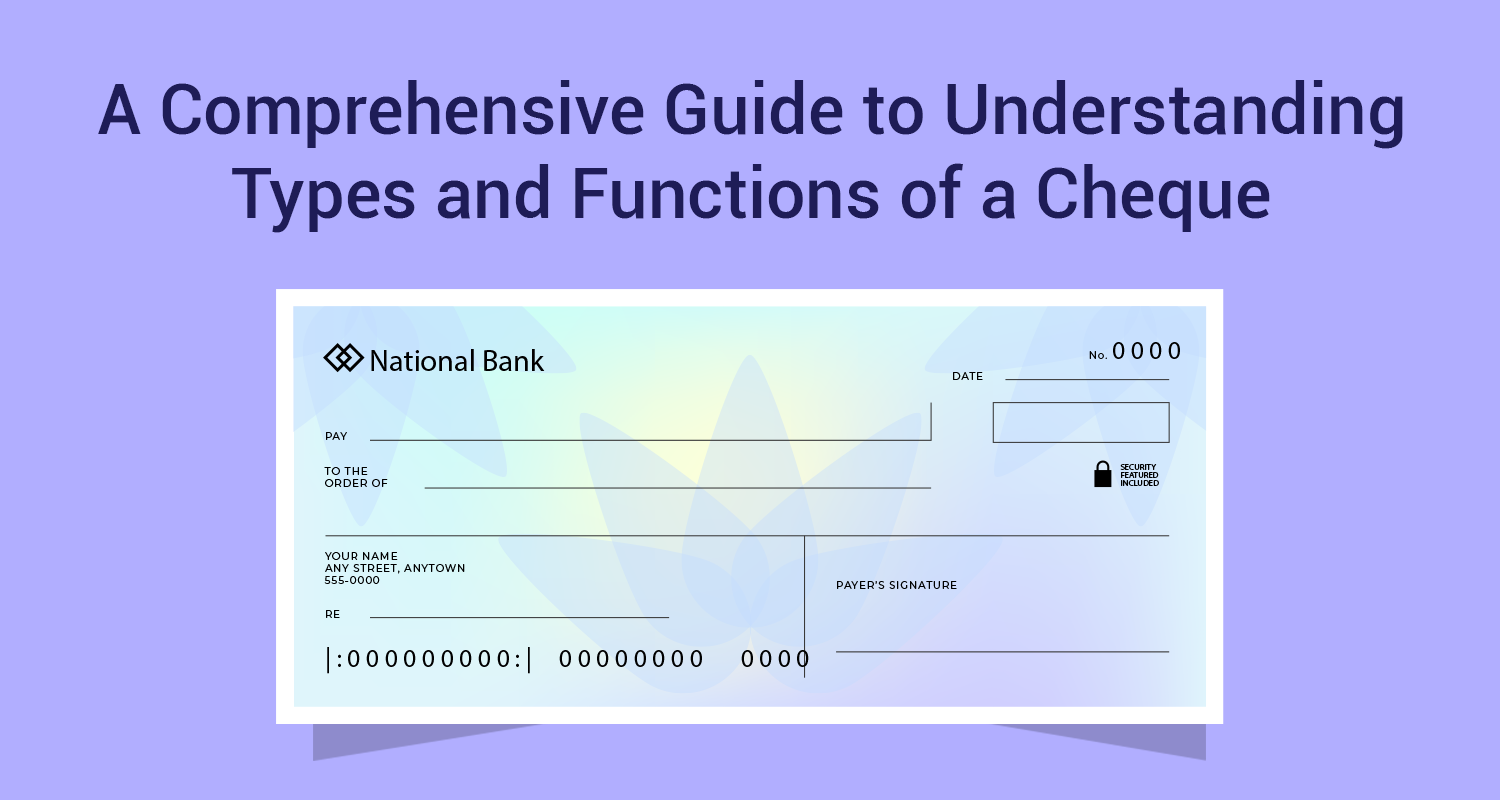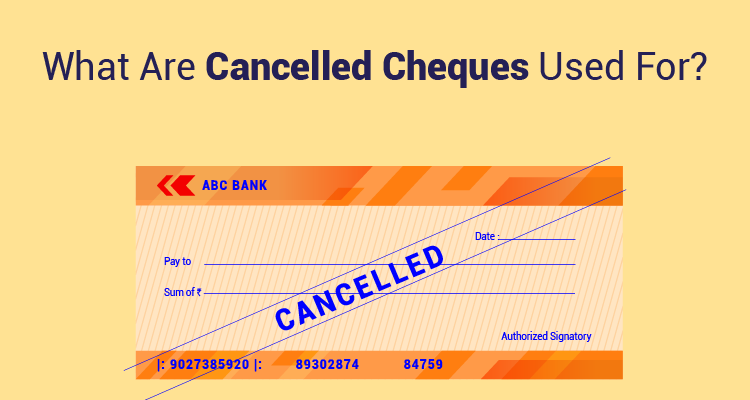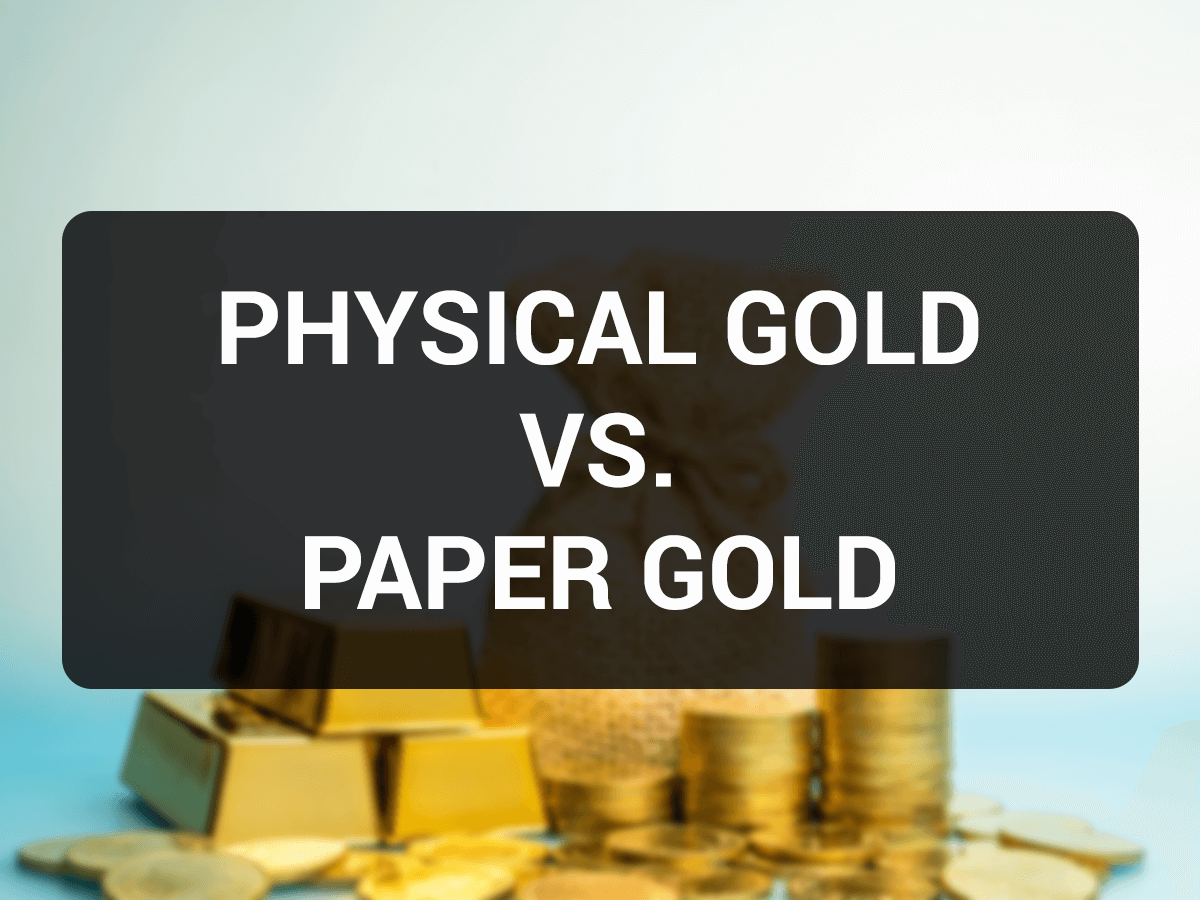How to Choose the Best Purchase Plan When Buying a House?

Buying a home, whether as a primary residence or as an investment, is one of the most important decisions we make. It’s the one purchase on which people are really prepared to splurge, maybe even more than what they can afford. There are two aspects of choosing the best purchase when buying a house – the first is to understand what the market and your shortlisted builders have to offer; the second is to understand your own needs and abilities.
Understanding the market
Check the builder’s track record:

The first step when deciding on a house purchase plan is to inspect the progress level at the building site, and check the builder’s track record – how many housing projects does the builder have at the moment, and how many of those housing projects are nearing completion? Do visit the other sites where the same builders’ projects are going on, and see the construction quality, activity level etc. A few months’ delay in getting property possession has now become standard, but if you find that a builder has stretched themselves too thin – several projects going on at the same time – then there’s a high risk that delivery will be delayed far beyond your estimate. Builders usually sell flats under construction, and then invest that money into other projects. In a dull property market, builders who’ve started too many housing projects often can’t finish any of them.
Assess the risks related to possible delays:

Builders now offer construction-linked plans, subvention plans, and possession-linked plans. Which one you need depends on how long you can afford to wait for possession, and how much money you can pay before getting possession.
- In the first option, you pay the builder according to the progress of construction. While this sounds attractive, there’s always the risk of construction not being finished even a year or two after the promised date. Usually, the delay begins at the stage when the superstructure is built, and the property developer has shown that as progress, thus taking 80-90 percent of the money. But for the home buyer to be able to move in, the interiors, electricity and water lines have to be finished, too. This part, which should take just some months to complete, can drag on for years. During those years of delay, the buyer keeps on paying the home loan EMI but does not get the flat or villa. Now, if the house is merely an investment, this may not matter so much, but if it’s meant to be the primary residence, then the buyer is in a double-bind – paying EMI and rent both.
- Subvention plans require the buyer to pay a down payment of about 10-20%. The rest of the money is disbursed by the bank to the builder, and the builder pays pre-possession EMIs to the bank. The buyer’s EMIs start only upon possession. Again, this sounds attractive, but discuss with the bank when taking a home loan how it’ll affect you if the builder delays the project. What if the project stalls and the builder stop paying EMIs altogether? Do you lose only the 10-20% or do you have to bear the entire burden of the loan, with no hope of ever getting possession? The biggest risk of the subvention plan, real estate experts say, is how it can potentially affect your credit rating. If the builder defaults on EMIs, it’s your credit rating that suffers, and that may hamper any subsequent loan applications. The other risk is that a subvention plan may increase the cost of the property, as the builder will pass on the interest element in the pre-possession EMIs to the buyer. Always check the final cost of the property under the various sale plans being offered.
- The last option is the most popular one these days, and a good pick if you don’t want your credit rating compromised and also don’t want the burden of EMIs from day one. In this plan, the buyer pays 20% of the house price as down payment, and the rest 80% is paid on possession. This is the only plan that puts some pressure on the builder to finish the project on time and collect the money. But that, too, requires the builder to have the finances to finish the project. The best way to handle a possession-linked plan is to pay the down payment out of your own pocket and take a home loan only when the project is very close to completion. That way, you’re assured that the EMIs will start only when you’re practically guaranteed a possession. In the years between booking the property and taking possession of the property, you get time to build up some savings, which act a financial cushion when the EMIs finally start.
Understanding your own needs
Figure out the property best for you:

You may think you can afford a five-bedroom villa, but do you really need one? A very common advice given by property experts is that buyers should estimate how much they can pay for a property and then choose something that costs about one-fifth or one-fourth less. In other words, don’t max out your spending ability, because a larger property may also mean a less flexible purchase plan and a bigger loan burden in case the developer causes trouble.
Get home loan protection:

Buyers rarely think of their down demise when taking a home loan. Which is surprising because the same buyer would’ve bought several life insurance policies for their family. Unfortunately, if the buyer dies at any point of the house purchase – the house doesn’t entirely belong to him even after getting possession; the buyer becomes the real owner only after the home loan is entirely paid off. If the buyer dies meanwhile, and the bereaved family defaults on EMIs, the property may be reclaimed by the bank. Home loan protection can prevent this. It comes in many forms – the bank giving the loan will ask you to insure the loan with an extra topping on the premium; certain life insurance providers offer both protection upon death and protection upon critical illness or disability (that prevents the buyer from paying EMIs); or you can self-insure yourself by identifying any existing property/plot that your family can sell to pay off the home loan, if they have to, in your absence. That secures the new home for them. Make a balance sheet of the pros and cons of each home loan protection option before picking the right one.
Also, you must know 6 important things while choosing your home for making a wise decision.
Disclaimer: The information contained in this post is for general information purposes only. IIFL Finance Limited (including its associates and affiliates) ("the Company") assumes no liability or responsibility for any errors or omissions in the contents of this post and under no circumstances shall the Company be liable for any damage, loss, injury or disappointment etc. suffered by any reader. All information in this post is provided "as is", with no guarantee of completeness, accuracy, timeliness or of the results etc. obtained from the use of this information, and without warranty of any kind, express or implied, including, but not limited to warranties of performance, merchantability and fitness for a particular purpose. Given the changing nature of laws, rules and regulations, there may be delays, omissions or inaccuracies in the information contained in this post. The information on this post is provided with the understanding that the Company is not herein engaged in rendering legal, accounting, tax, or other professional advice and services. As such, it should not be used as a substitute for consultation with professional accounting, tax, legal or other competent advisers. This post may contain views and opinions which are those of the authors and do not necessarily reflect the official policy or position of any other agency or organization. This post may also contain links to external websites that are not provided or maintained by or in any way affiliated with the Company and the Company does not guarantee the accuracy, relevance, timeliness, or completeness of any information on these external websites. Any/ all (Gold/ Personal/ Business) loan product specifications and information that maybe stated in this post are subject to change from time to time, readers are advised to reach out to the Company for current specifications of the said (Gold/ Personal/ Business) loan.



